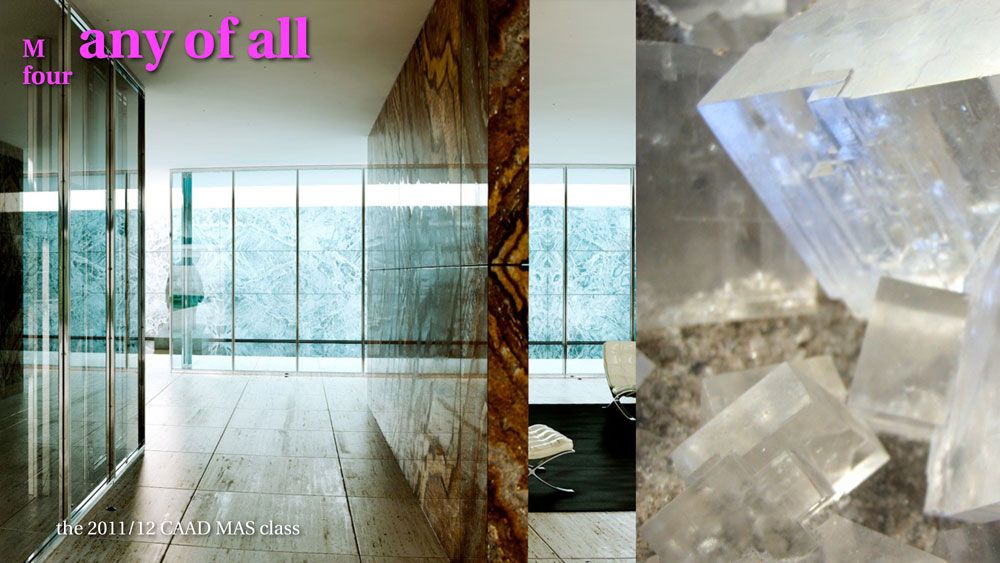
BITS AS ANY-UNITS PUT IN PROPORTION WITH PROPORTION AND RATIO
Every building practice needs a smallest unit to bring things into proportion and controllable relations. Traditionally, these units are derived by setting some defined magnitude as elementray. The paradigmatic example is the so called column modules in the Art of Greek Temple Building, from which the ratio can be derived and declinated across scales to put the whole building into proportions. Today we are working with computers, where the elementary units are bits. Bits are the kind of units which render information into a technologically handable quantity. Yet bits are literally speaking a very strange thing – looked at within the language game of quantities, they are finite formal units of determinacity, or pure determinability. Hence we will call them Any-Bits, or Intensive Quantities. How exactly can they be thought to fit within the language game of quantities, magnitudes, numbers?
The second theory module will try to get an idea of this context by revisiting different topoi of architectural theory.We will be looking at the different roles and concepts proportion, means, or ratio have played in architecture over time. How were they conceived? derived? applied? altered? legitimated? articulated? The students will proceed by case studies for example on Palladio’s approaches to spatial grammar and syntax, on the cosmic scope of French Revolutionary Architecture, on Durant’s rationalization as well as on more contemporary approaches like the machine à habiter (le Corbusier), The Architecture of Well-Tempered Environment (Reyner Banham), Mechanization Takes Command (Sigfried Giedion) or more recent approaches like Parametricism (studio Zaha Hadid), Junkspace (Rem Koolhaas), or The Function of Form (Farshid Moussavi) a.o.
By studying the systematicity-and-proportion question in their architectural heroes, the students reconstruct how The Architectural Whole has been articulated individually by different architects. The students will learn how to make these topoi more readily accessible and reconstructible by a sort of “conceptual cross-breeding” of these approaches. Each student will work with one approach throughout the entire module and frequently present his or her work in progress to the class. As a final result, each student will produce a comic booklet which will together form the MAS 2012 Comix Series ANY OF ALL.
The students will be introduced to a diagrammatic and comparatistic way of engaging with architectural history and theory. They will analyze what kind of values certain theories have regarded as elementary, what emphasis have been put where in different theoretic edifices, and what kind of schemes and concepts they have proposed as mediating between these dimensions. Furthermore they will look at how the technological conditions predominant for different times reveal their impact in particular architectural manifestos and theoretical models. Especially, we will be concerned with how the different numerical spaces incorporated in the respective technological paradigms allow for different kinds of conception and construction principles, and also different paradigms of theoretical reflection.
